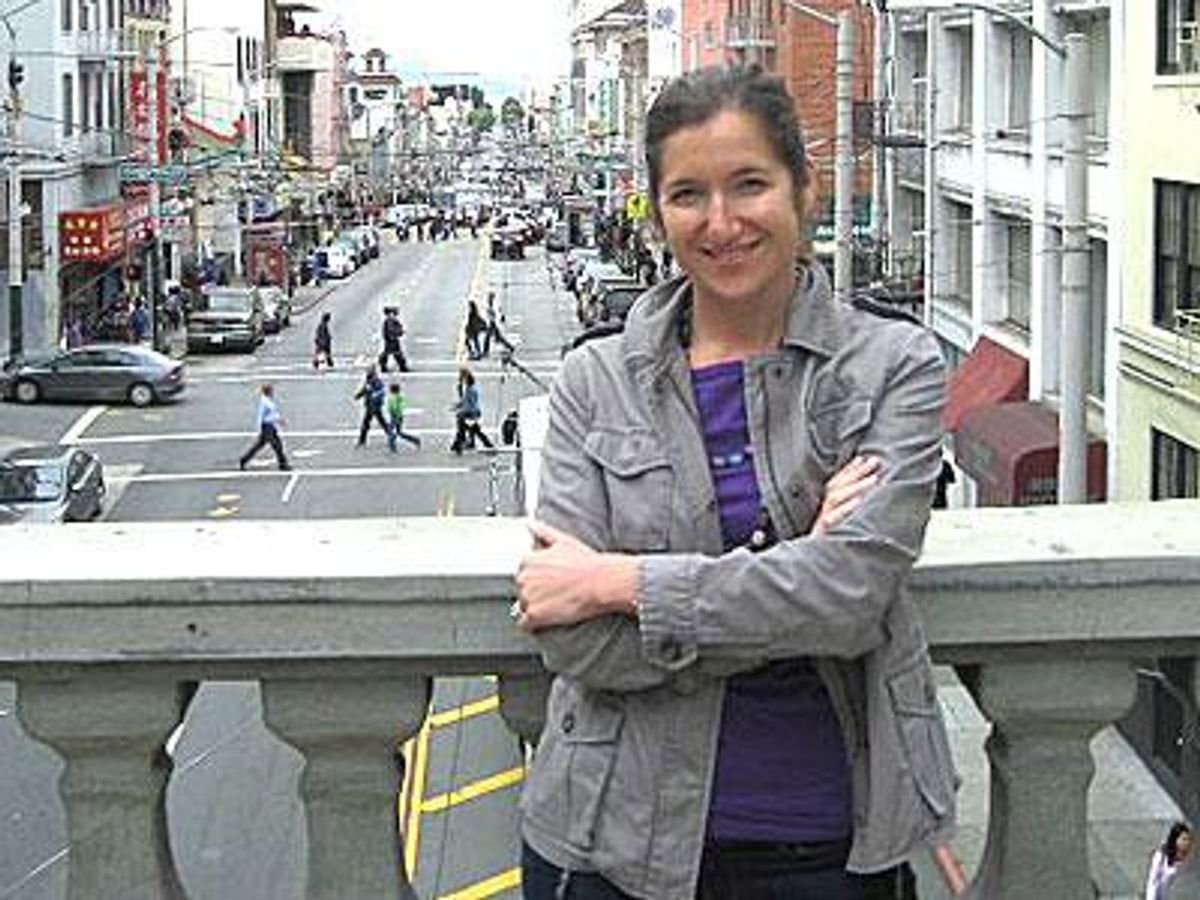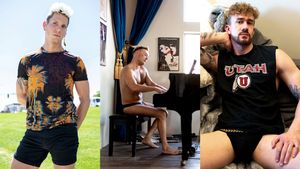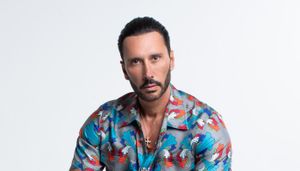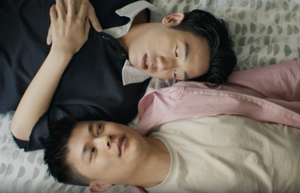Katie Poulin took what started out as a simple ice cream social for young people with HIV to what is now a fully-fledged progressive and innovative program at St. Luke’s Roosevelt Hospital Center in New York called the Young Adult Program. YAP is a group of HIV-positive youth ages 16 to 25 who are committed to raising awareness of the struggles they face every day. Among the things the group does in giving voice to the voiceless, is to create public service announcements on everything from HIV-related stigma to dating while poz, homophobia, and bullying. But YAP is faced with significant funding issues and is urging folks to support their Indiegogo campaign (www.BornWithHIV.com) that ends this week. We talked with Poulin, who is HIV-negative, about why she started the group and what it means to her.
What was it about HIV and AIDS that spoke to you? You could’ve chosen hunger or cancer, and yet you chose this disease that in many ways, was not going to affect your life — and not only that made it a lifetime duty.
I think it was, I was really young when I saw Ryan White. I thought here is a kid who looks like you or me, whose family lives are being threatened, he is not allowed to go to school because he has this illness. And I just didn’t understand, maybe this is my first understanding about stigma, which is how could that be possible that people that anyone could say that this kid could not go to school when they knew that, no one was going to get HIV by him going to school. And as I got older I think it was kind of seeing how HIV/AIDS and the issues surrounding it formed an intersection of all this things that kind of interested me in general.
What I still think is remarkable is that all right, so you have this experience and then this interest and advocacy followed you all the way through Sidwell Friends to Columbia. You get to NYC and Columbia and you’re still thinking about this stuff and you end up majoring in it, essentially.
Yes, exactly, you know my masters is in public health and I focus on community health, so there are so many different social issues, it really is like the, intersection of so many different areas, social justice, stigma and discrimination, homophobia, healthcare, human rights, there are just so many different aspects —it touches on everything. What other illness or disease is there that has connected to so many different issues and people? And to have to live with this disease I am just blown away by the individuals that I have met and especially about the young people who I have gotten to know over the years and I am working with now. It’s truly a privilege.
Would you say it was a calling?
Oh, yeah, there was never a question that I would do anything else literally. So whenever I could do kind activity related to HIV and AIDS I did so. When I found out that, they were going to do the first dance marathon and the dance marathon that benefiting that was The Elizabeth Glaser pediatric AIDS foundation, which was an organization that I have read about for years, I was like, I have to get involved. So that became the first dance that year — it’s like a 28 hour dance marathon — and then I was the fundraising chair and then by senior year I was the overall chair.
And that was really important for me at that time, to kind of bring in a level of volunteer work where people actually knew what they were doing and raising money for, because I felt like what’s more motivating and inspiring than actually seeing or working with some of those kids who are alive today because of this organization.
So then you're working at the hospital and you start the Young Adult Program. How do you connect all the dots that you obviously have to do in a bureaucratic environment like a hospital. How do you create something that doesn’t exist and find funding for it?
I was trying to find a job after grad school. I wanted to work in job in HIV. I had these two masters degrees and the good news was that — this is early 2000 — so everyone, not just children, are living longer and healthier lives with HIV and there aren’t a lot of little kids to take care of because the kids aren’t being born with HIV anymore. But we have this kind of cohort of like aging parentally-infected young adults. I couldn’t just find an organization that could do that work directly, so when I found out about this job at St. Luke’s I knew it was mainly…it was proposed to me as a kind of a case management position.
Tell me more about that.
I was really empowered by… the center for comprehensive care. The kind of place where the services that were provided in one place, addressed a lot of those different issues that we talked about that kind of attracted me around HIV in terms of having mental health services and subsidy services and mental health and pediatric and everything collated in one place. I thought it was really unique. So when I saw that there was this group of young people and there was… a lot of them had known each other from camp; they didn’t even realize that they were going to the same clinic. I had worked at a summer camp for some of these kids. I saw an opportunity to start something, so even though I was told that I am serving as this kind of a case manager, I kind of saw an into, try to recreate the really unique environment that we had for this kids at camp in a clinic setting that they would have something around. In terms of providing support and opportunities for social, and like vocational educational training and why not letting this kids have this not just once every year but to have that kind of opportunity year round.
What were your biggest challenge in terms of getting the program going?
Well, I think what’s amazing with organization is despite level of bureaucracy, the pediatricians who I worked with, they have been here for years and years and everyone was so supportive. They knew how important it was, what I wanted to do, and so they were like unbelievably supportive, as was my supervisor. I think that people realized that it was important and so they were like we are not going to stop someone’s from starting it. Now remember we started with things like an ice cream social; we were just going to have a monthly group. So that was like this is not an expansive thing. It went from a one time ice cream social with four kids to a once-a-month group, to the kind of more expansive program that we currently have. So instead of going in with a model, I tried to adopt what we did at camp and just start with the connections that were formed at camp, bringing the young people together. I was able to do this full time and also manage all of our services put under the program for children and families.
And how did that work with funding?
Once we started getting funding, then we started presenting [ideas to management] and they were fascinated by the work that we were doing and so they continued giving. The lessons of our program that we found that was absolutely essential to getting these kids in the door are the things that many grants will not cover, like food or like outings or like birthday cakes or cakes to celebrate special occasions…
Little things that we take for granted.
The little things are so important, if you don’t know where you are going to get a meal that week or you are out of food stamps, you are going to come to a place where you know that every single week you are going to be fed a hot meal, a place where you are probably going to get the closest thing to a home.
















































































